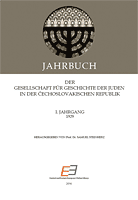
We kindly inform you that, as long as the subject affiliation of our 300.000+ articles is in progress, you might get unsufficient or no results on your third level or second level search. In this case, please broaden your search criteria.


Unter den spärlichen Nachrichten, die uns über die ältere Geschichte der Juden in Böhmen erhalten sind, ist eine besonders merkwürdig: dass im 12. Jahrhundert zur Zeit des Herzogs Wladislaws I. (1109—25) ein Jude namens Jacob das höchste Amt im Lande, das Amt eines Vicedominus erlangt habe, weil er mit dem Teufel verbündet gewesen sei. Getauft und dann wieder vom Christentum abgefallen, habe er im Jahre 1124 ein schweres Verbrechen begangen, indem er eines Nachts den (christlichen) Altar in der jüdischen Synagoge zertrümmerte und die darin verwahrten Reliquien verunehrte. Darauf sei er am 22. Juli verhaftet und sein Vermögen eingezogen worden. Um ihn vom Tode zu retten, hätten die Juden eine große Summe als Lösegeld erlegt, worauf der Herzog alle christlichen Sklaven von den Juden loskaufte und ein Verbot erließ, dass in Zukunft nie wieder ein Christ bei Juden dienen dürfe.
More...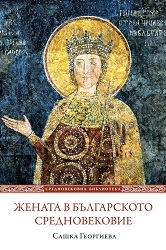
This book offers an overall research on the history of mediaeval Bulgarian women trying to encompass all aspects of life over the whole period of existence of Bulgaria during the Middle Ages. The first chapter of the book is devoted to the task of revealing as much thoroughly as possible the mediaeval model about the woman, about her place and role in society, the term ideological model constituting the combination of religious, ethic, social and political and esthetical notions, concepts and ideas about women characteristic for the mediaeval Bulgarian society. All data about women’s rights and obligations that can be found in mediaeval Bulgarian legal sources are thoroughly analyzed in the second chapter of the book. The peculiarities of the sources revealed and the goals set to be achieved in the first two chapters of the book define the main aim of the last part, which is to try to reveal the real presence of women in the economic, religious and political life in mediaeval Bulgaria.
More...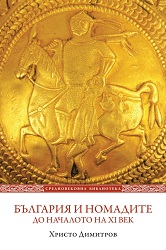
Instead of a short abstract, please refer to the PDF-files of the introduction to the book, its table of content and the sample-PDF (in English) which, each of them, you can download for free from here. We hope you'll get through these files a more comprehensive impression about the book than would be provided by just a few lines of an abstract / summary.
More...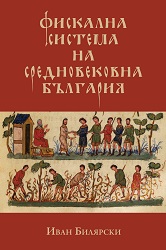
Instead of a short abstract, please refer to the PDF-files of the introduction to the book, its table of content and the sample-PDF (in English) which, each of them, you can download for free from here. We hope you'll get through these files a more comprehensive impression about the book than would be provided by just a few lines of an abstract / summary.
More...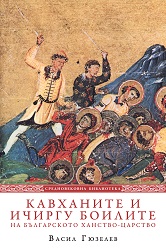
Instead of a short abstract, please refer to the PDF-files of the introduction to the book, its table of content and the sample-PDF, which, each of them, you can download for free from here. We hope you'll get through these files a more comprehensive impression about the book than would be provided by just a few lines of an abstract / summary.
More...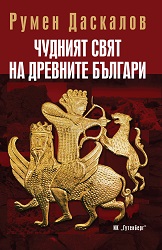
This is a book about the history and the origin of the Proto-Bulgarians and their way to the Balkans and it follows the concept for modern Proto-Bulgarian history. What can be called "modern" is the fact, that the sources on which this book is based are rather different from the well known and traditionally used Latin and Byzantine authors, but among the reviewed sources are Chinese, Indian, Arab, Armenian and other texts of different types ans genres. The author Rumen Daskalov is giving his own interpretations and the purpose of his analysis is to emphasize, summarize and promote the best accomplishments of the Bulgarian school of Proto-Bulgarian history.
More...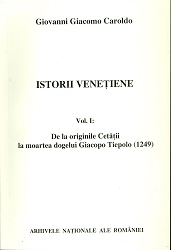
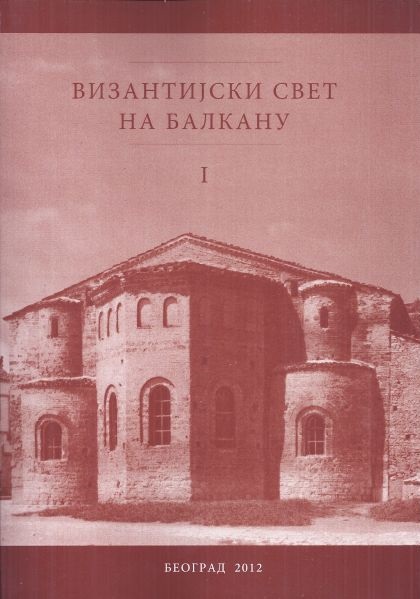
The relations between Samuel’s empire and young Christian kingdom of Hungary are very complicated. Two most important aspects of these relations are the ones considering the dynastic marriage and alliance between the two states. Hungarian historiography places the marriage between Samuel’s son and unknown sister of king Stephen of Hungary between 980’s and even 1018. Chronology of the marriage as well the alliance between Hungary and Byzantium in their war against Samuel is uncertain, but on the basis of vast sources and literature the conclusions and our assumptions are the following. The end of the alliance between Samuel’s state and Hungary as well as the break up of the marriage between Gavril Radomir and unknown Hungarian princess happened around 1001/02. A few years after Hungary were part of coalition against Samuel and led an attack on his state. In the year 1004 Stephen’s army got all the way to Skopje. Probably in the monastery of Gorg or more probably in Staro Nagori~ino they took relics (head) of Saint George which were later transferred to Belgium, to the church in Namur. The relics were maybe not of the well known holy warrior George but of a certain bishop killed, i. e. decapitated by Krum.
More...
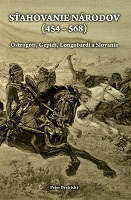
The author describes the history of tribes residing in the Carpathian basin after expelling Huns. No one of them remained in Central Europe and all of them, victorious and defeated too, completely or partially, left for Italy. He follows the fates of the kings who came after Attila, but most of them remained in his shade, and tribes that defeated Huns or founded their empires in the territory bounded by the Carpathians, the Alps and the Sava river, but except for one they perished before Avars came to the Danube. East Roman Empire´s interest in Central Europe did not fall even after it ceased to be its part and fought for it with Ostrogoths and Franks. However, it was weakened by its wars against Ostrogoths and Persians and Slavic and Bulgarian incursions. The Migration of peoples was a period, in which the Antiquity perished, and the grounds of Middle Ages were laid. Central Europe, including Slovakia did not remain out of these events, it was more than only its part. The events that took place here after Attila´s Empire break-up, affected development in a large part of Europe. It was instable as not only interests of local kingdoms, but also of the Byzantine Empire, Ostrogoths and later also Franks collided here. Only a year after Attila´s death, seven kingdoms arose here, but 20 years later only four of them remained and after next 15 years there were only two of them, the Kingdom of Herules and the Kingdom of Gepids. Later after next 20 years, Heruls were replaced by Langobards who 60 years later destroyed even the last one. Such a turbulent development was not recorded anywhere in Europe. Although all German tribes that in the followed period resided in the Carpathian Basin, at last as a whole or partially left for Italy, a story of each of them is unique. They were led by nobles, commanders and kings, whose names are not unknown even today. Although the period of the Migration of peoples is perceived particularly as the history of kings and tribes, the retinues of kings and tribal leaders were more important than ever before. It was just the retinues transcending a framework of tribes and families that allowed forming mighty tribe unions since the end of the 2nd century. They were an integrating and stabilizing factor, however, in this period the tribes were eroded by them. Later the retinues, formation and spread of the heavy cavalry allowed arising and developing of vassal relations and together with hardening of a hereditary function of the King, an adoption of Christianity and new social relations opened a way to Middle Ages and feudalism.
More...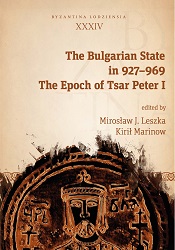

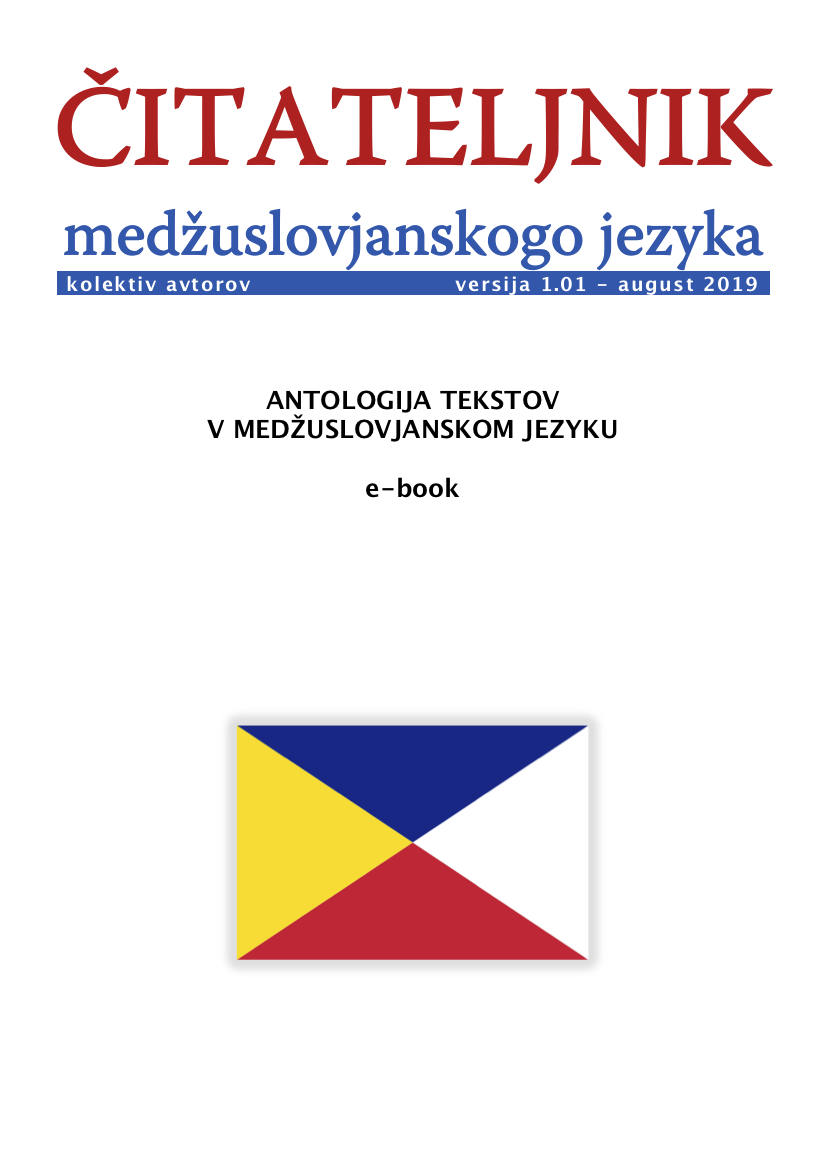
This is a chapter of the Interslavic reader which is a collection of working texts for teaching the Interslavic language. / Tuto jest kapitola iz čitateljnika, ktory jest spisok tekstov do učenja medžuslovjanskogo jezyka.
More...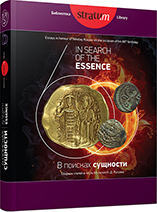
Elsewhere, not in Moldova, Nikolai D. Russev would have been long ago recognized an outstanding contemporary, a kind of Jacques Le Goff from the Balkans, a kind of Nicolae Iorga from the Danube and Dniester, an active and cheerful chronicler, keeper and — in a certain sense — an eyewitness of the region’s five hundred years of history. The kind of history nobody else can tell here, unfortunately. The kind of history he is writing every day, having hardly anyone to tell it to. The historical activity is disappearing here. Storytellers are not wanted. No one is tempted by the lessons of the past. Mistakes are not learnt from, personalities are not respected. Moldova, this “borderland between worlds and times”, turns into an intellectual and human desert.
More...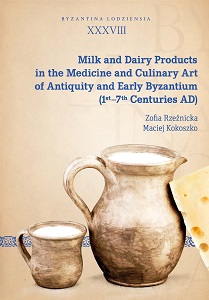
The following publication constitutes a continuation of a longstanding research conducted by both authors on nourishment, dietetics, pharmacology and gastronomy in the Late Antiquity and early Byzantium. The book was created based primarily on Greek medical treatises composed from the 1st to 7th century, but it takes into account data that originates outside of this collection.The goal of the authors was to present the knowledge of the people in antiquity and Byzantium on milk and dairy products. To achieve that they attempted to translate into contemporary language the way of thinking of then doctors, and to present main points of the theory propagated by them. In particular, the authors have shown ways of utilizing aforementioned alimentary products as food and medicine. Thus, they consciously encroach the area of history of pharmacology and gastronomy. Even though the nature of their research led the authors to focus on conclusions in the field of the history of food and medicine, they also take up the issues related to society and economy of this period.
More...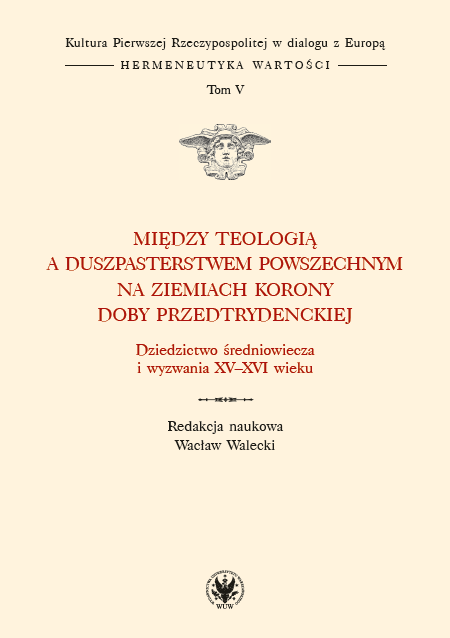
An attempt to reconstruct the sources and describe the spirituality profile of selected Polish religious communities in the European context. It consists of dissertations presenting the basic determinants of the value of Polish pre-Tridentine culture in terms of spirituality and piety. In subsequent articles, the authors describe selected values (religious, political, ethical, aesthetic), referring to new, unique sources, not yet analyzed at all or considered from a research perspective other than that adopted by the authors. Eucharistia, Exegesis, Pietas, Devotio, Penitentia, Indulgentia, Paideia, Paupertas, Memoria - these are selected concepts on the basis of which the authors try to show the central idea of the entire project on the culture of the First Republic in dialogue with Europe and hermeneutics of values: scope, directions and methods the mutual flow of reflection in Polish and European culture - here in relation to the pre-Tridentine era and in the face of the emerging challenges of humanism during the Renaissance. The 12-volume series of monographs Kultura First Rzeczpospolitej in dialogue with Europe. The Hermeneutics of Values ”presents the cultural heritage of the 15th and 18th centuries as an integral but original part of European culture. The research goal is to identify the ways and forms of the mutual transmission of aesthetic, political and religious values and to present in a broad, multilateral comparative context the axiological structure of the Polish culture of old times. Cultural texts are examined from an internal perspective as records of acts aimed at understanding values, and from an external perspective as statements that join European literary-aesthetic, political and religious discussions. In an intense dialogue, the culture of the Republic of Poland shows not only a receptivity to new ideas, but also creativity and dynamism in operating in Europe.
More...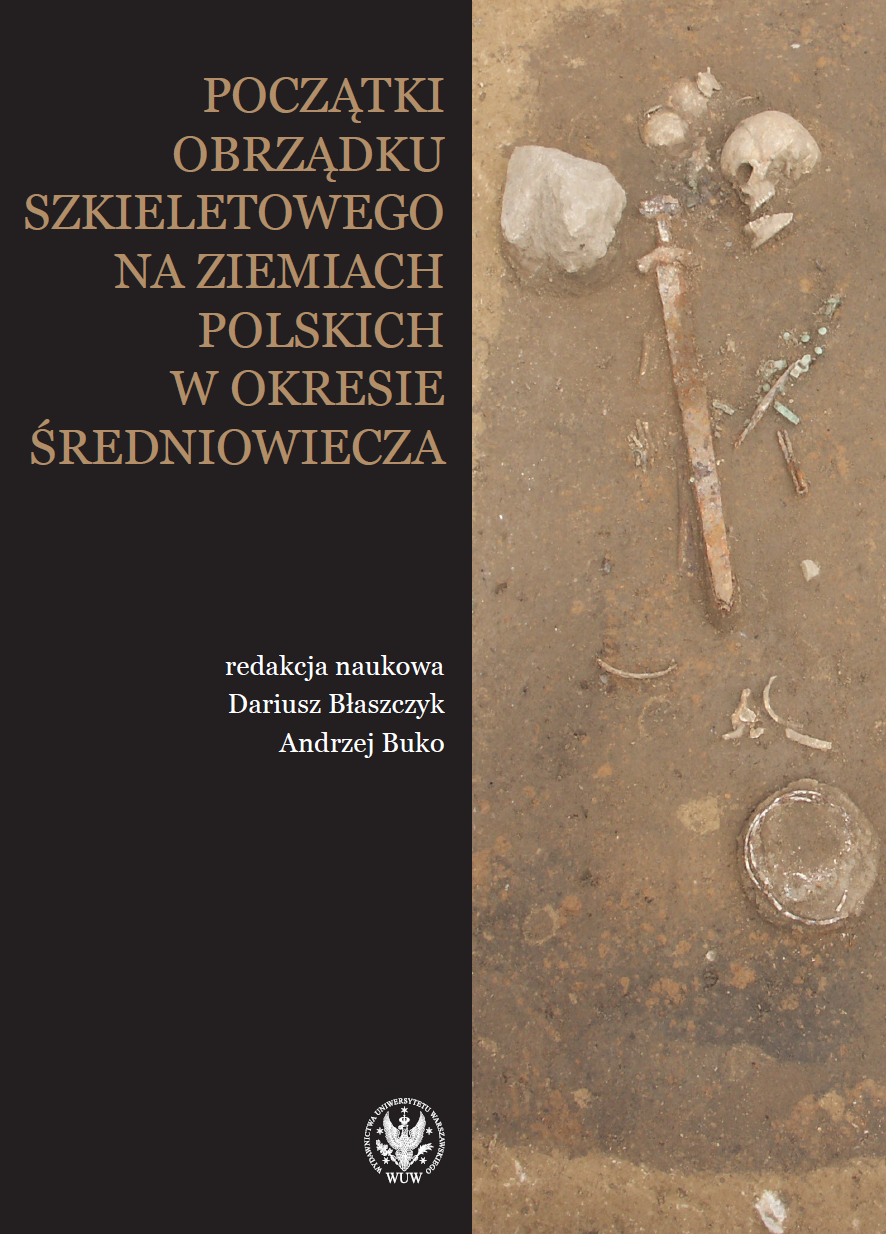
The collection of articles explores the issue of the beginnings of inhumation in Poland perceived as a testimony to the adoption of Christianity. The discussion focuses on determining at whichmoment in our history the use of skeletal funeral rite begins: around 966, after the baptism of Mieszko I, in the second half of the 10th century, or during the times of Mieszko’s successor, Bolesław Chrobry in the 11th century? This is crucial for dating the beginnings of Christianity in Poland, the medieval skeletal cemeteries and the progress of Christianization of Polish lands.
More...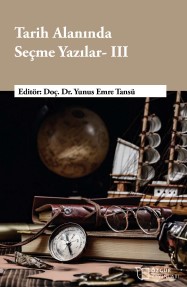
Yuhanna ibn Masawaih, famous Syriac physician is also known in the west as Mesuë Senior, Mesue Major and Janus Damascenus. He was born in Gundeshapur as the son of a pharmacist and passed away in Samarra. He served as a personal physician to Abbasid caliphs for many years. He is among the first authors to make significant contributions to pharmacology in the Islamic world. Yuhanna, known for having over sixty works, includes a wide range of aromatic substances in his risalah (treatise) titled Cevâhiri’t-Tîbi’l-Müfrede, offering comprehensive information about a total of 29 aromatic substances, with a particular focus on the 5 main ones among them. In his work, he also addresses the types, qualities, extraction methods, and sales of these basic substances. In this study, after providing biographical information about the author, the works of Yuhanna are listed and the approach taken in handling the mentioned risalah is explained. Ultimately, the risalah is translated, and the terminology utilized in the text is explained through footnotes.
More...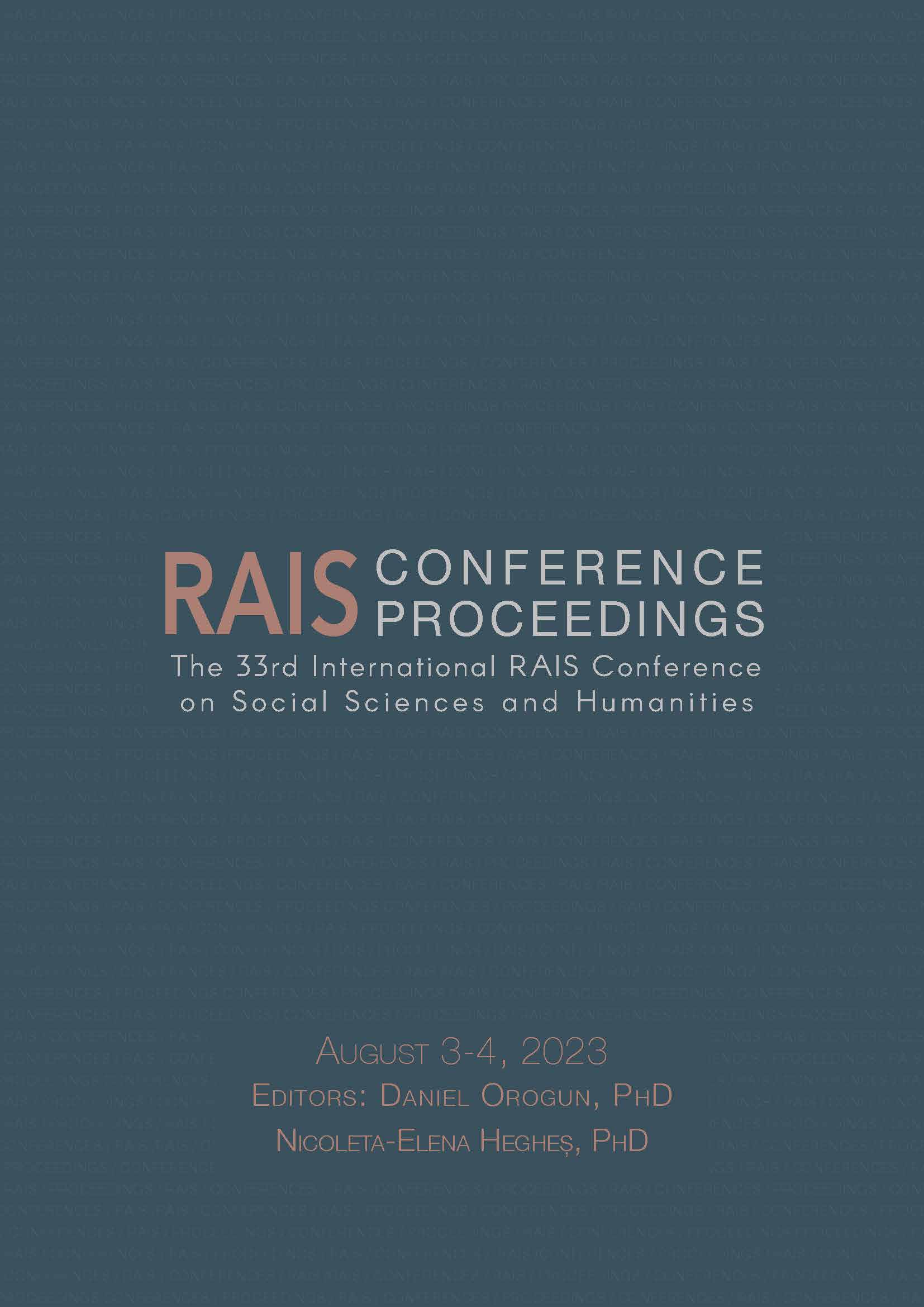
The medieval era was a fascinating time for almost all fields, including the juridical field. The historical and social context of this era marked the legal system by a series of particularities, both in terms of substantive and procedural law, but at the same time, they also left their mark on subsequent eras, to a greater or lesser extent. The analysis proposed in our study concerns, among other things, the way in which the medieval world understood how to regulate social values, establish rules of conduct and organize judicial procedure in relation to social classes and categories, but also the challenges brought about by this historical period.
More...